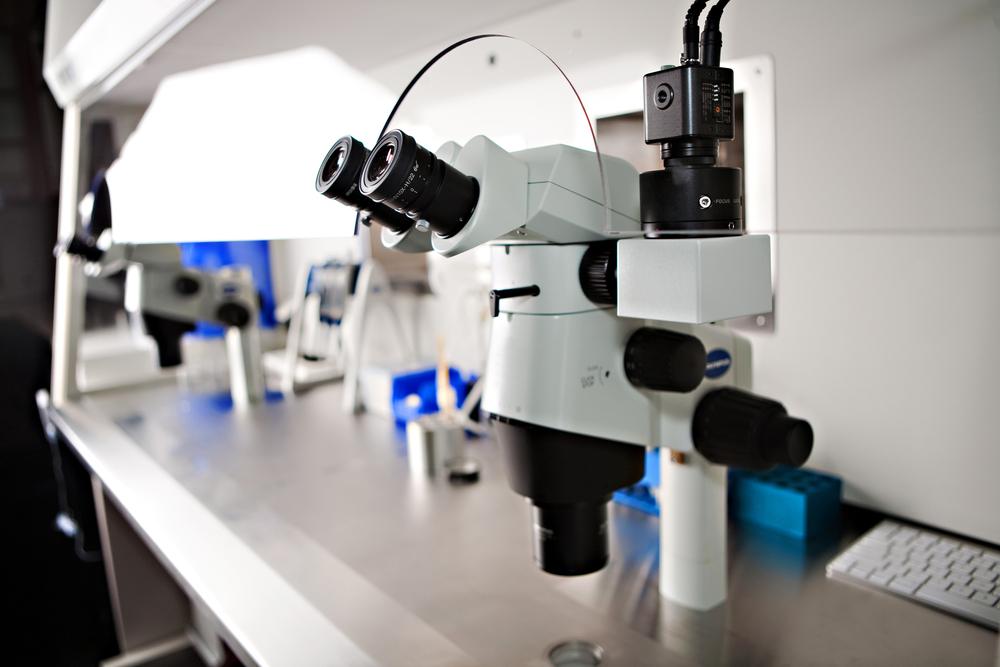In-Depth Guide to IVF Treatment: Processes, Success Rates, and Risks
This comprehensive guide explores the IVF treatment process, including hormonal stimulation, egg retrieval, fertilization methods, embryo transfer, success rates, and potential risks. It emphasizes how IVF provides a vital solution for couples facing infertility challenges, highlighting the importance of medical guidance and emotional support. With detailed insights into each stage of IVF, this article aims to inform and prepare prospective parents about what to expect, improving their chances of success while understanding associated risks. Modern advances continue to enhance IVF’s effectiveness, making parenthood achievable for many.

In-Depth Guide to IVF Treatment: Processes, Success Rates, and Risks
Infertility is a significant challenge faced by many couples worldwide, impacting their ability to conceive naturally. In the United States alone, approximately one in eight couples encounter difficulties in achieving pregnancy. The good news is that modern reproductive medicine has made significant breakthroughs, providing hope and new opportunities through advanced fertility treatments. Among these, In-Vitro Fertilization (IVF) stands out as one of the most effective and widely utilized assisted reproductive technologies (ART). This procedure involves complex and carefully coordinated techniques that help fertilize eggs outside of the woman's body, greatly increasing the chances of conception for many couples who have struggled with infertility.
Understanding the IVF process requires familiarity with its multi-stage methodology, starting from hormonal stimulation to embryo transfer. The journey begins with ovarian stimulation, a crucial phase where specialized hormonal medications are administered to promote the development of multiple mature eggs within the ovaries. This process is carefully monitored through regular ultrasounds and blood tests to optimize timing and medication dosages. Patients may receive hormone injections, such as follicle-stimulating hormone (FSH) or human menopausal gonadotropin (hMG), or sometimes oral birth control pills to regulate their cycle and enhance egg quality. The tailored approach ensures the best possible environment for ovulation and egg maturation.
Once the ovarian follicles have reached an optimal size, indicating mature eggs, a trigger shot of human chorionic gonadotropin (hCG) is administered to induce final egg maturation. Approximately 36 to 40 hours afterwards, a medical procedure known as egg retrieval or oocyte aspiration is performed. This minimally invasive procedure involves inserting a thin needle through the vaginal wall under ultrasound guidance to extract the eggs from the ovaries. The collected eggs are then transferred to the laboratory for fertilization.
The fertilization process involves mixing the retrieved eggs with sperm, either from a partner or a donor, in a controlled laboratory setting. Fertilization can occur via conventional insemination or via intracytoplasmic sperm injection (ICSI), where a single sperm is directly injected into each egg, often used in cases of male infertility. Post-fertilization, the embryos are cultured and monitored for several days. During this period, embryologists evaluate their development, selecting the healthiest embryos for transfer.
The next phase is embryo transfer, typically performed between three to five days after fertilization. A selected embryo or multiple embryos are placed into the woman's uterus using a thin catheter. This precise placement aims to facilitate implantation, leading to pregnancy. Following the transfer, patients often undergo hormonal support, like progesterone supplementation, to nurture the endometrial lining and promote embryo implantation.
While IVF offers a beacon of hope to many, it is essential to understand that success rates vary based on several factors, including age, reproductive history, and ovarian reserve. Generally, women under 35 have about a 40-50% chance of success per cycle, whereas the rate declines significantly with advancing age. Moreover, the overall success is influenced by embryo quality, uterine health, and the presence of underlying medical conditions.
Despite its high success potential, IVF is not without risks. Common side effects include ovarian hyperstimulation syndrome (OHSS), characterized by swollen, painful ovaries, which can sometimes become severe. Miscarriage remains a concern, especially for women over 35, with rates increasing with age. Hormonal treatments can lead to mood swings, hot flashes, and other emotional or physical side effects. Additionally, the emotional toll of repeated cycles, disappointment, and financial strain can be substantial for many couples. It is crucial to have thorough counseling and psychological support throughout the treatment process to manage these stresses effectively.
In conclusion, IVF has revolutionized infertility treatment, transforming the hopes of countless couples into reality. Its success depends on various biological and medical factors, but ongoing advancements continue to improve outcomes. Couples considering IVF should consult with fertility specialists to understand their specific circumstances, risks, and success probabilities. When other assisted reproductive techniques have failed, IVF remains a powerful option offering renewed hope for parenthood.




